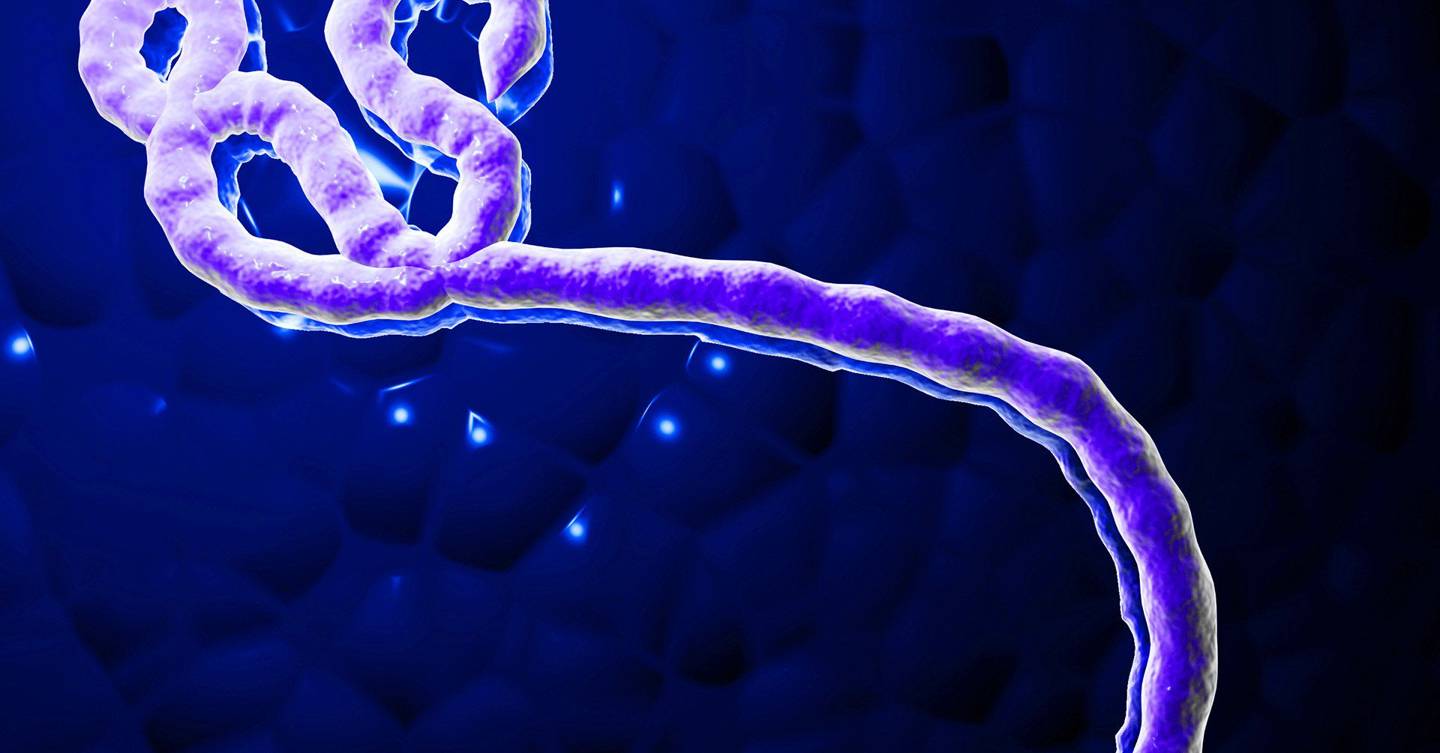


The classification of an infectious agent as airborne and therefore ‘aerosol-transmissible’ has significant implications for how healthcare workers (HCWs) need to manage patients infected with such agents and what sort of personal protective equipment (PPE) they will need to wear. It also discusses other agents, like influenza virus, where the potential for airborne transmission is much more dependent on various host, viral and environmental factors, and where its potential for aerosol transmission may be underestimated. With this in mind, this review considers the commonly used term of ‘aerosol transmission’ in the context of some infectious agents that are well-recognized to be transmissible via the airborne route. at an N95 rather than surgical mask level requirement. It is therefore important to clarify such terminology, where a particular intervention, like the type of personal protective equipment (PPE) to be used, is deemed adequate to intervene for this potential mode of transmission, i.e. However, these terms are often used confusingly when discussing specific infection control interventions for individual pathogens that are accepted to be mostly transmitted by the airborne (aerosol) route (e.g. The concept and definition of aerosols is also discussed, as is the concept of large droplet transmission, and airborne transmission which is meant by most authors to be synonymous with aerosol transmission, although some use the term to mean either large droplet or aerosol transmission. This is in line with biological findings which identified bats as reservoir of Ebola viruses (2) the indirect environmental contamination is detrimental to human beings, while it is almost insignificant for the transmission in bats.Although short-range large-droplet transmission is possible for most respiratory infectious agents, deciding on whether the same agent is also airborne has a potentially huge impact on the types (and costs) of infection control interventions that are required.
#Ebola ways of transmission full#
Numerical simulations, apart from supporting the theoretical results and the existence of a unique globally asymptotically stable endemic equilibrium for the full model, suggest further that: (1) fruit bats are more important in the transmission processes and the endemicity level of EVD than animals. Global sensitivity analysis shows that the effective contact rate between humans and fruit bats and the mortality rate for bats are the most influential parameters on the latent and infected human individuals. It is shown that bats influence more the dynamics of EVD than the animals. Similarly, the sub-model without animals on the one hand and the sub-model without bats on the other hand are studied. The role of a contaminated environment is assessed by comparing the human infected component for the sub-model without the environment with that of the full model. It is conjectured that there exists a unique globally asymptotically stable endemic equilibrium for the full model when R0andgt 1.
#Ebola ways of transmission free#
The reproduction number R0 for the full model with the environmental contamination is derived and the global asymptotic stability of the disease free equilibrium is established when R0andlt 1. Secondly it takes into account the well-known, the probable/suspected and the hypothetical transmission mechanisms (including direct and indirect routes of contamination) between and within the three different types of populations consisting of humans, animals and fruit bats. Firstly it involves the synergy between the epizootic phase (during which the disease circulates periodically amongst non-human primates populations and decimates them), the enzootic phase (during which the disease always remains in fruit bats population) and the epidemic phase (during which the EVD threatens and decimates human populations). Our model captures as much as possible the features and patterns of the disease evolution as a three cycle transmission process in the two ways below. We propose a new deterministic mathematical model for the transmission dynamics of Ebola Virus Disease (EVD) in a complex Ebola virus life ecology.


 0 kommentar(er)
0 kommentar(er)
